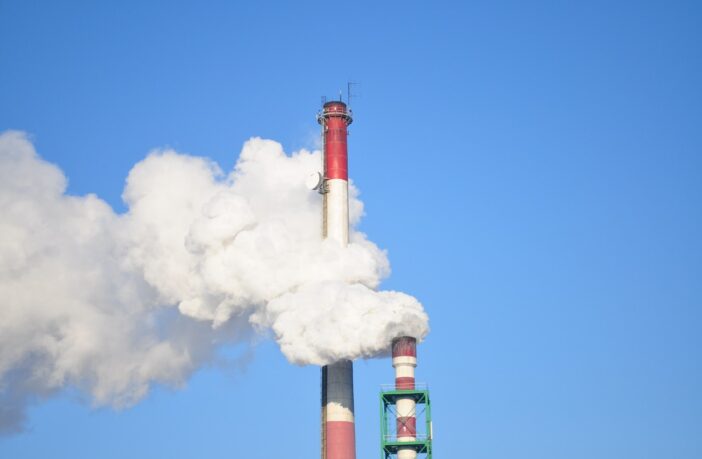Europe has for a while been seen as the undisputed global leader in climate ambition. It is targeting a 55% reduction in emissions over 1990 levels by 2030.
Yet a new report by Wood Mackenzie titled ‘Fast and furious: Europe’s race to slash emissions by 2030’, predicts that the EU bloc will fall short of its goal, delivering a 46% reduction over 1990 levels. The company believes that an accelerated energy transition for the EU, consistent with limiting global warming to no more than 2 degrees C, would take Europe much closer to the 2030 target.
It outlines three key actions the countries in the EU block must take to achieve this.
- Electric vehicles (EVs) and plug-in hybrids must reach 97% of the EU’s passenger vehicle sales by 2030.
- Wind and solar power generation capacity must grow by 162 GW and 253 GW, respectively, over 2020 levels – underpinned by rapid scaling of grid infrastructure.
- Coal-plant retirements, of 85 GW by 2030, must be accelerated, alongside a carbon cost that maximises coal-to-gas switching.
Murray Douglas, Wood Mackenzie Research Director, said: “To hit the 2030 target, Europe will have to do everything we have assumed, but quicker. Moreover, as the potential to do more on renewables and EV penetration is limited, it will have to push harder in three key areas: energy efficiency and the electrification of buildings, reducing the amount of travel, and reform of the carbon market.
“The EU’s Emissions Trading System (ETS) covers around half of the bloc’s CO2 emissions. A large-scale expansion of the scheme to other sectors is unlikely, but maritime emissions are likely to be included. Still, the fact that ETS sectors will only deliver a third of the targeted reductions by 2030 underscores the need for reform. Reform should centre on two key areas:
- Providing more certainty over the cost of carbon that investors need to make structural changes and large capital investments.
- Ensuring European industries are exposed to a carbon cost which incentivises decarbonisation without increasing the risk of carbon leakage.
“Certainty over the cost of carbon by 2030 would accelerate coal phase-out plans, as it did in the UK. Renewable generation would be more competitive, and the array of projects would expand. The rapidly growing pipeline of low-carbon hydrogen projects would be bolstered, and the market would become more engaged in the development of carbon capture and storage (CCS).”
The reports’ authors also call for significantly ramping up the production of renewable energy.
“Some of the biggest opportunities will be in the build-out of wind, solar and storage capacity, which will require US$585 billion of investment by 2030, and in the grid infrastructure needed to transform the electricity market. Europe must rapidly shift from a power market where centrally dispatched supply follows demand to one where demand can respond to an increasingly variable, weather-driven supply from renewable sources,” said Douglas.
A key catalyst could be the United Nations Climate Change Conference (COP26) in Glasgow in November 2021. The event is intended to spur greater global commitment to tackling climate change, and will once again put Europe and its attempts to reach net-zero carbon in the spotlight.




